We left Shanghai on a blazingly fast G-train headed for the much revered Lake/Garden/Canal-town of Suzhou, arriving 25 minutes later (a journey that still takes 1.5 hours by K (fast) trains and even longer by freeway.
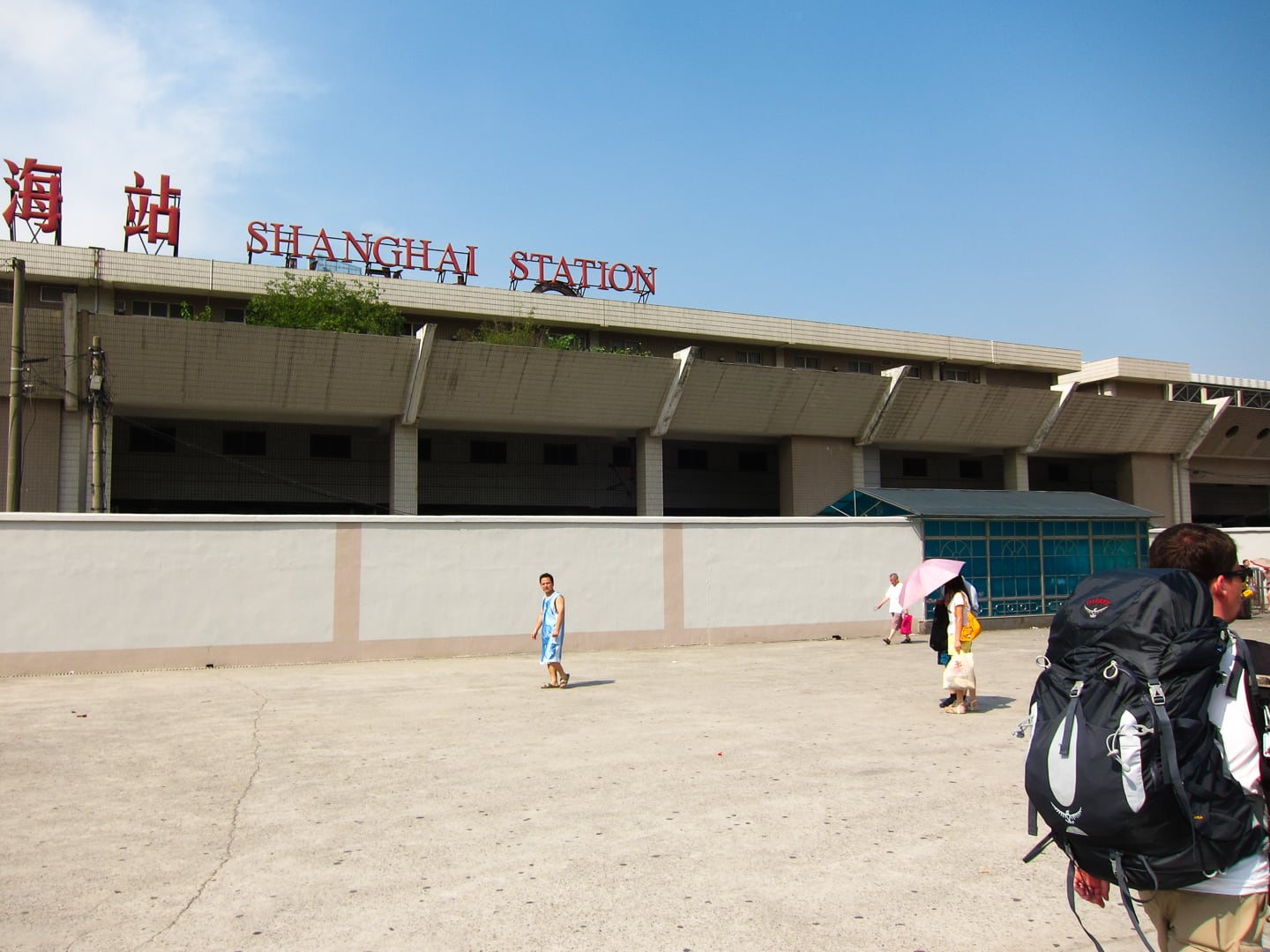
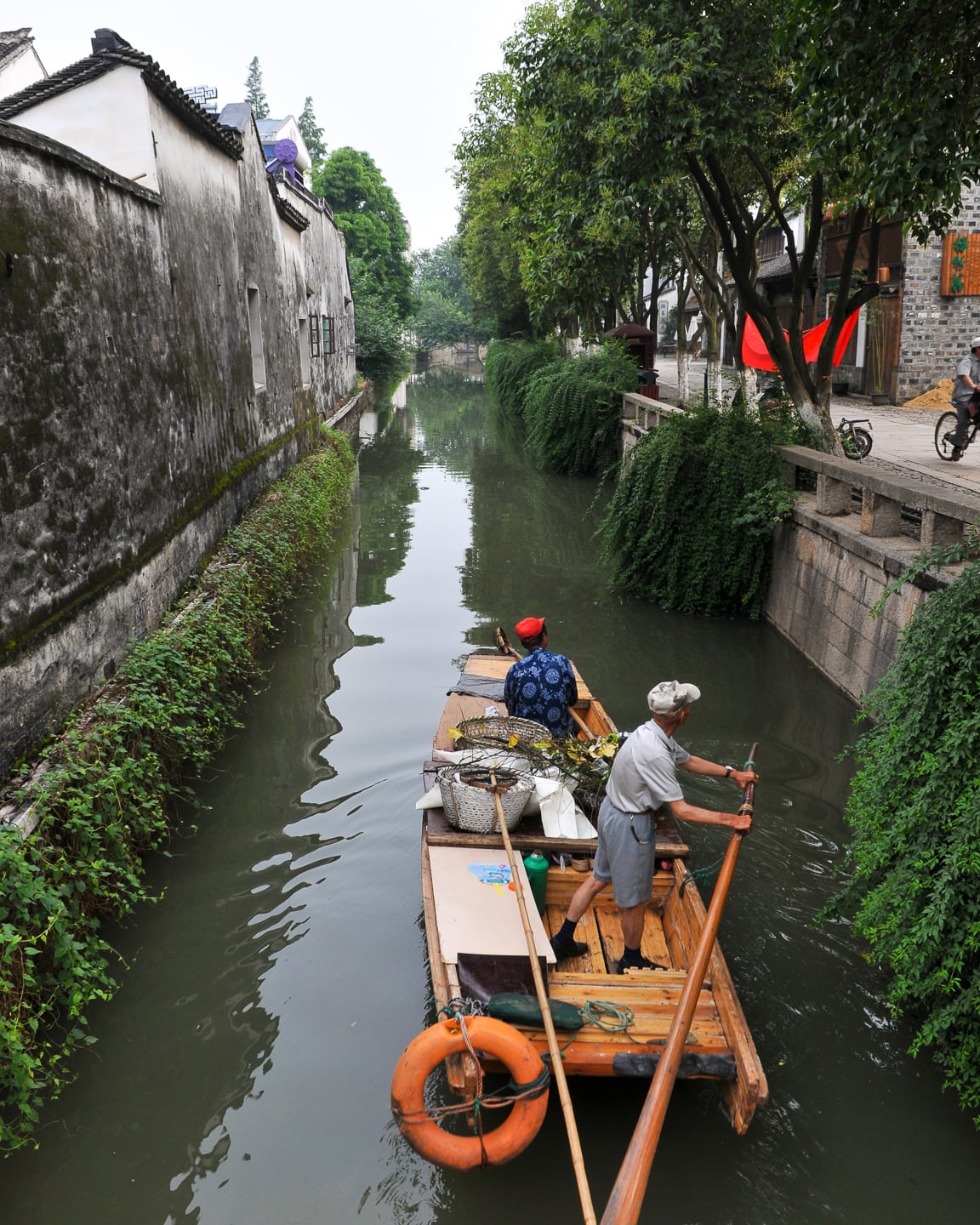
Suzhou’s Summer Heat
We arrived in Suzhou hoping to beat the July heat a little, but were largely unsuccessful given that daily highs of mid-high 90s with very high humidity persisted throughout our stay.
The good news is that Old Town Suzhou (Pingjiang district) lends itself to strolling around slowly and aimlessly with plenty of frigid shops, tea houses and cafes to duck into when you’ve reached your limit of insanely muggy nastiness.
Full-sized vehicles are not permitted in the old section, but bicycles and motorbikes/scooters are, which can be quite hazardous to your health and sanity on Suzhou’s narrow cobblestone streets.
However, midday heat appeared to largely mitigate the amount of foot and wheel traffic on the winding alleyways which is another reason we chose to venture out during the heat of the day – though we recommend bringing water along wherever you venture (vendors are pervasive but can be unreliable in the afternoon when many disappear to to escape the heat).
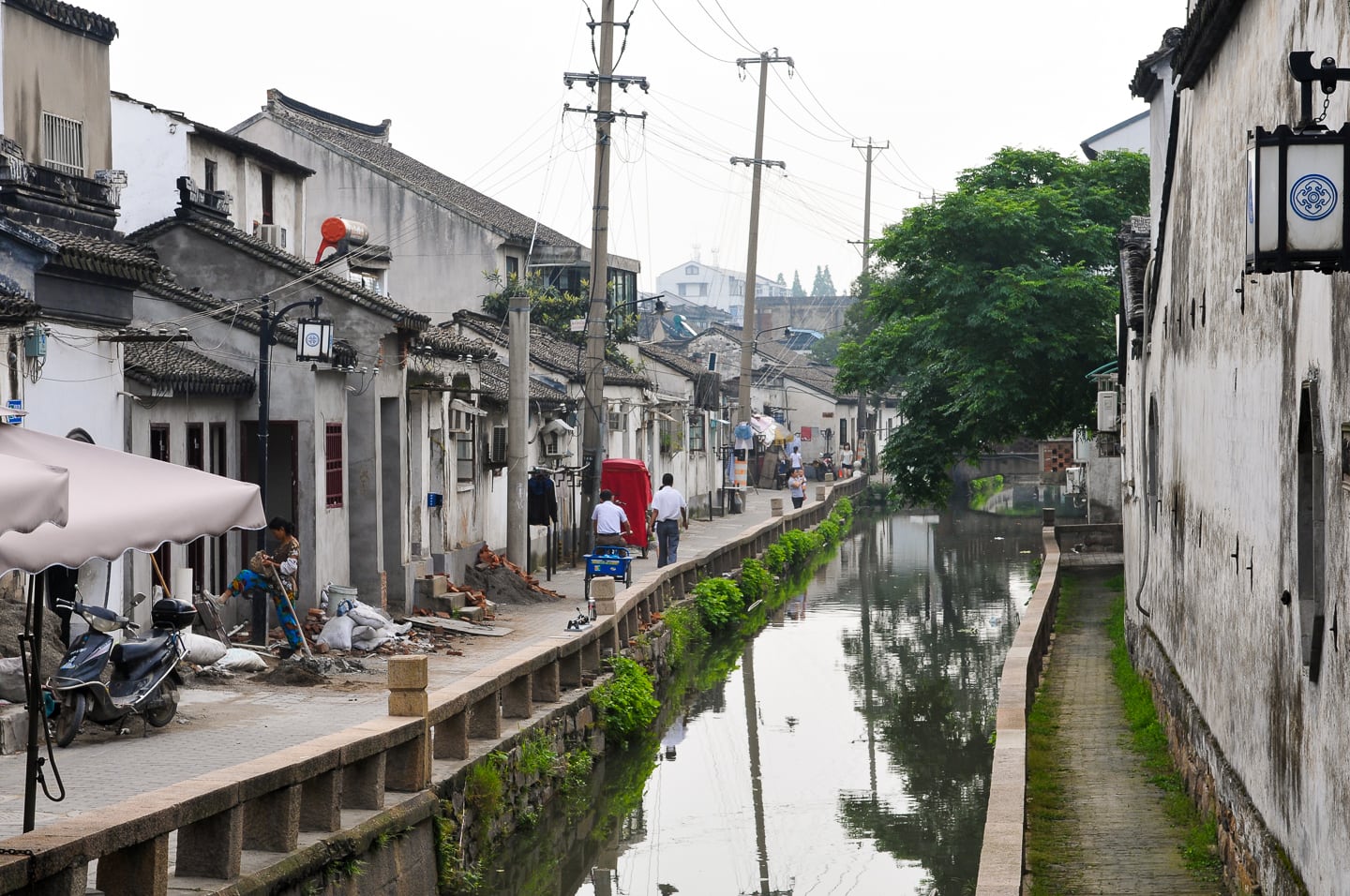
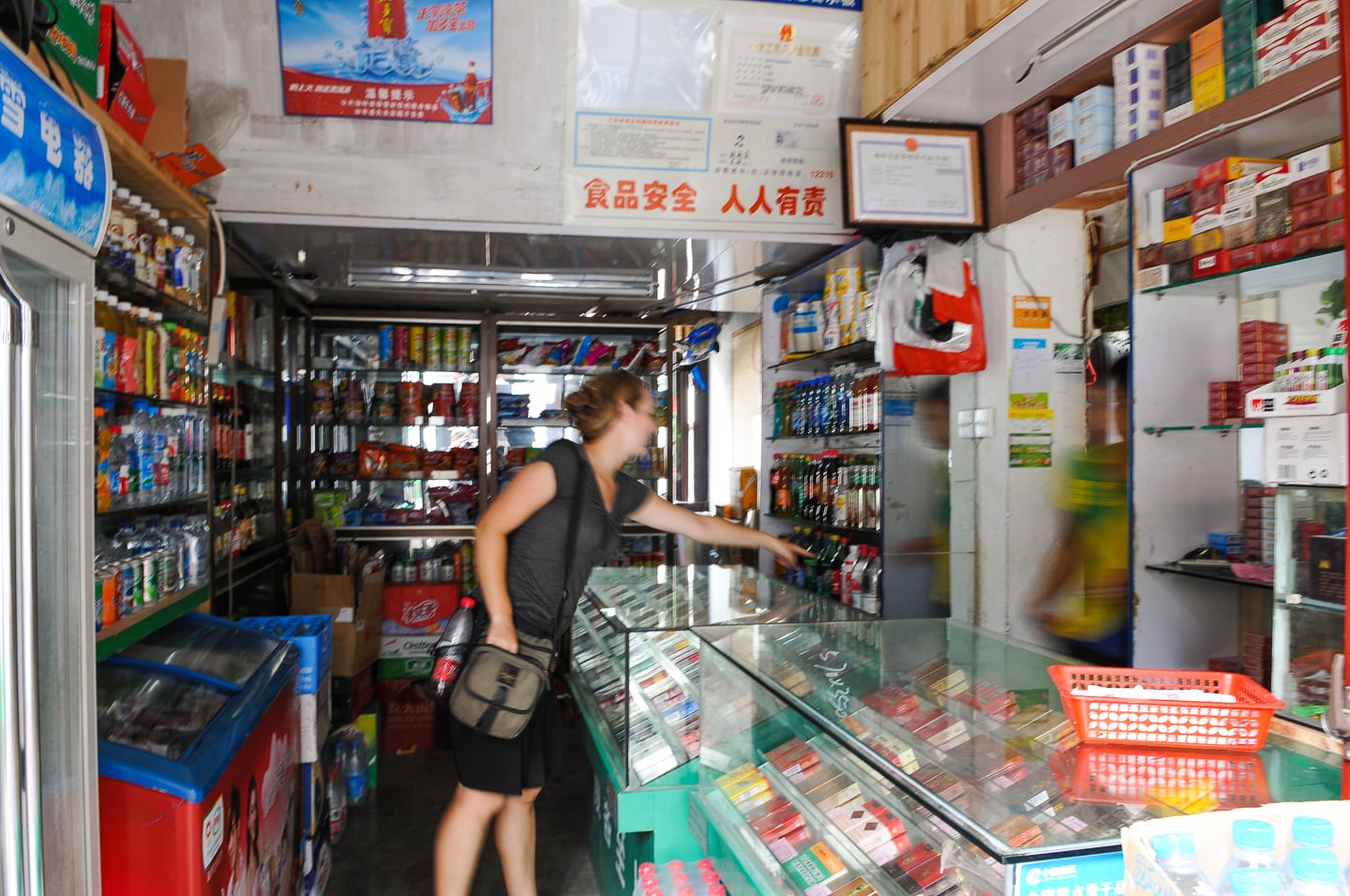
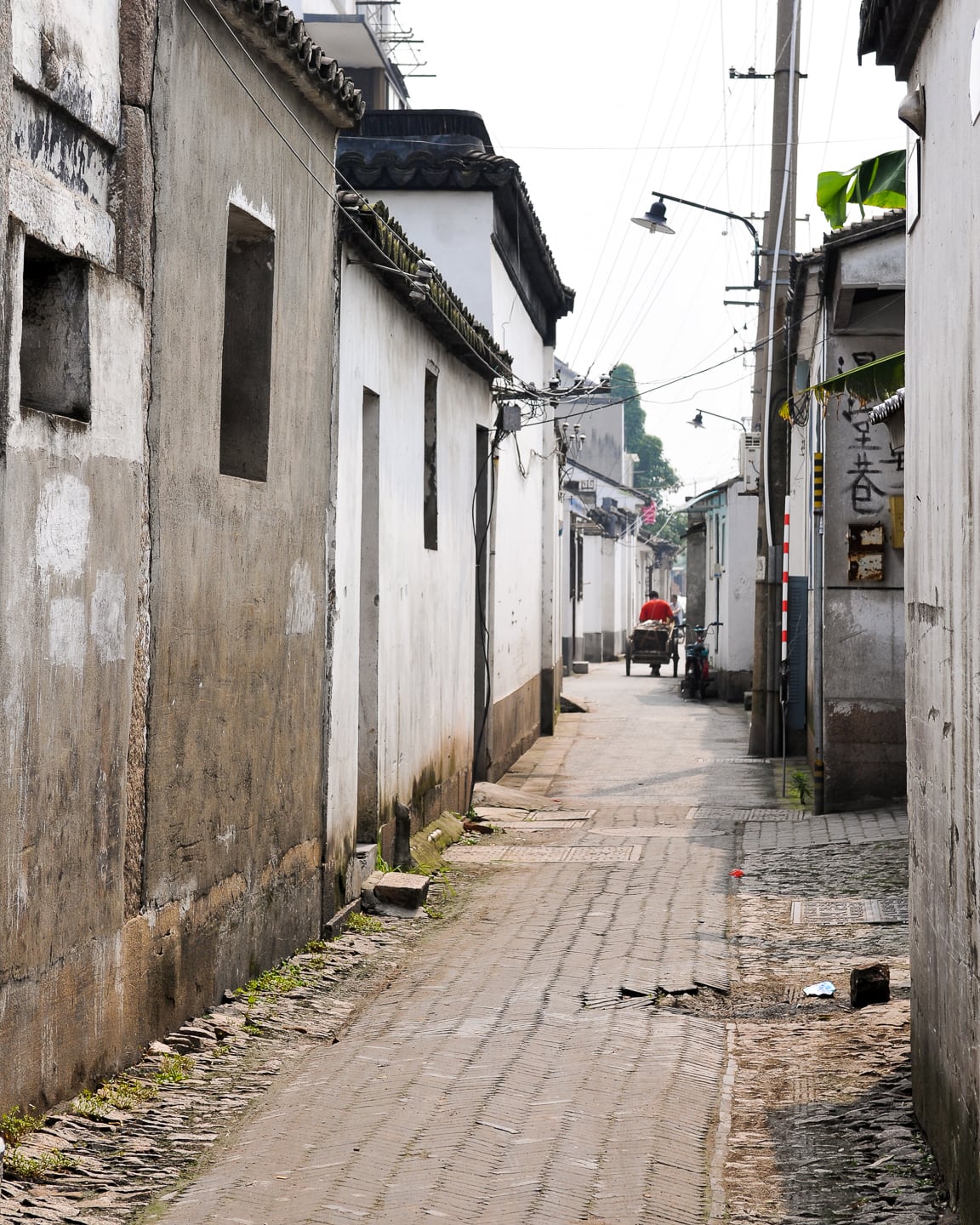
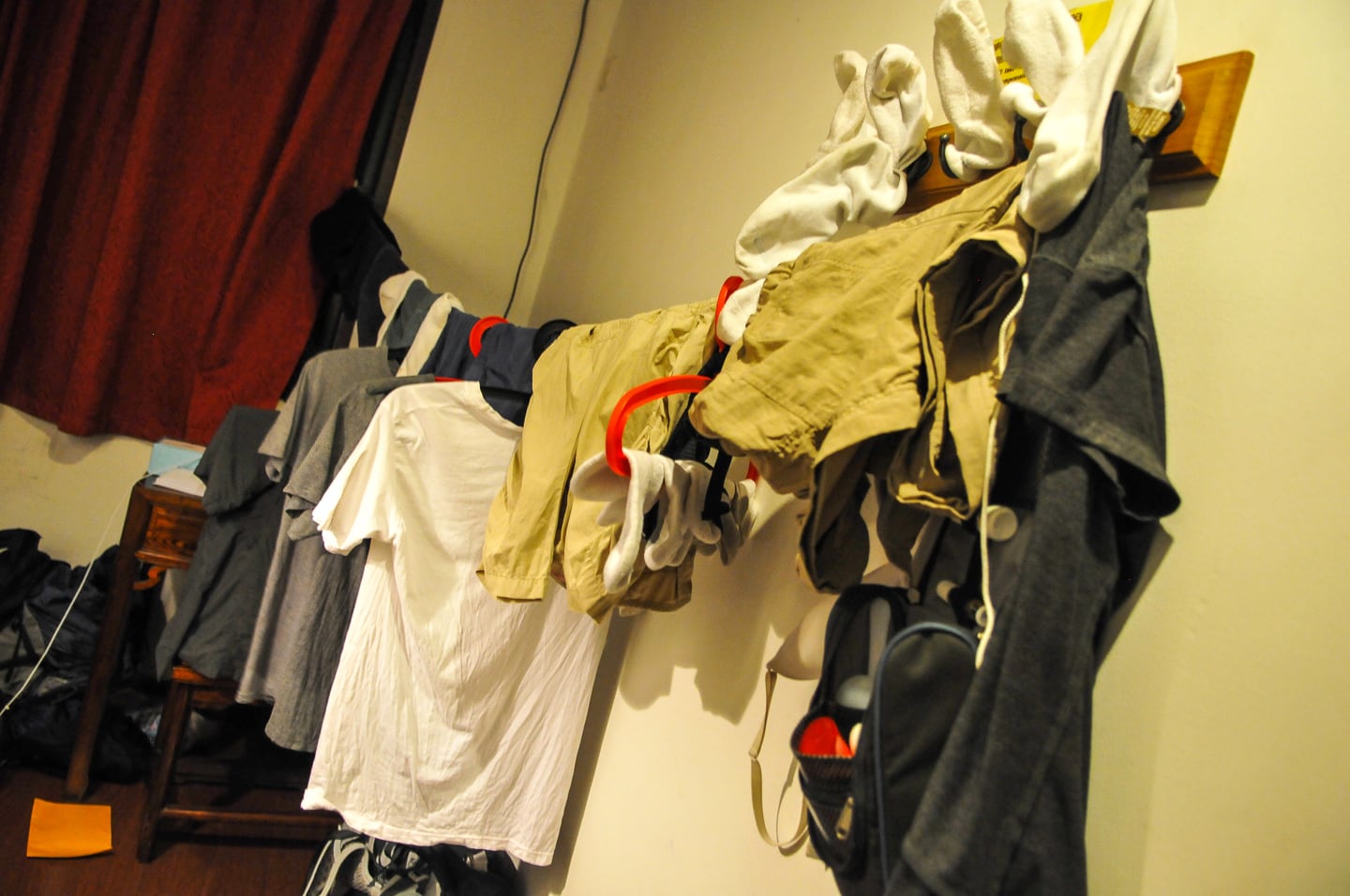
Our hostel actually provided something amazing: A laundry room with washing machine FREE to use! Lori and I could hardly believe it.
The downside was that the machine was located on the top floor in sort of a greenhouse enclosure (opaque plexiglass roof that made the room feel like a sauna in the morning heat)…and the machine functions were completely in Chinese.
We had no idea what we were doing but were pretty sure we couldn’t ruin the clothes given that the machine had no hot-water hook-up. So we loaded up the machine and threw what likely was three loads worth of detergent (the Tide bag was also in Chinese), pushed a bunch of random buttons and let her whirl—all as fast as we could before passing out from the intense heat.
We were indeed successful in the end, but had to spend about 15 minutes in our room with the A/C blowing full blast before we could even consider resuming any further activities.
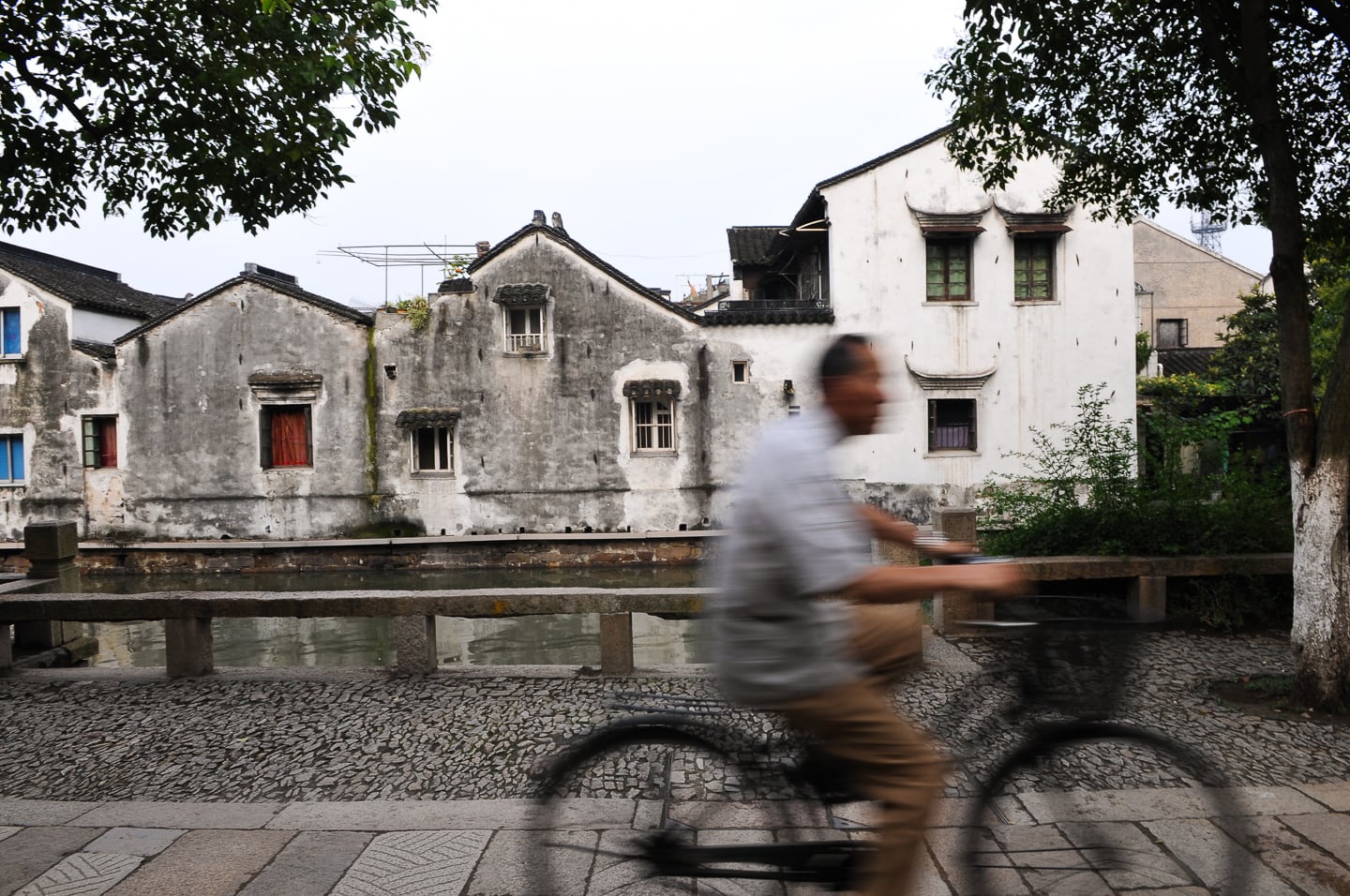
Suzhou :: A UNESCO World Heritage Site
Suzhou’s long been popular with tourists (for about 2,500 years in fact). Beginning during the Song Dynasty (960-1279) it became an important center for the Silk trade, growing into a garden city beloved throughout the world so much that Marco Polo coined it the “Venice of the East.” The Chinese also have a popular saying along the lines of: Heaven above, Suzhou below.

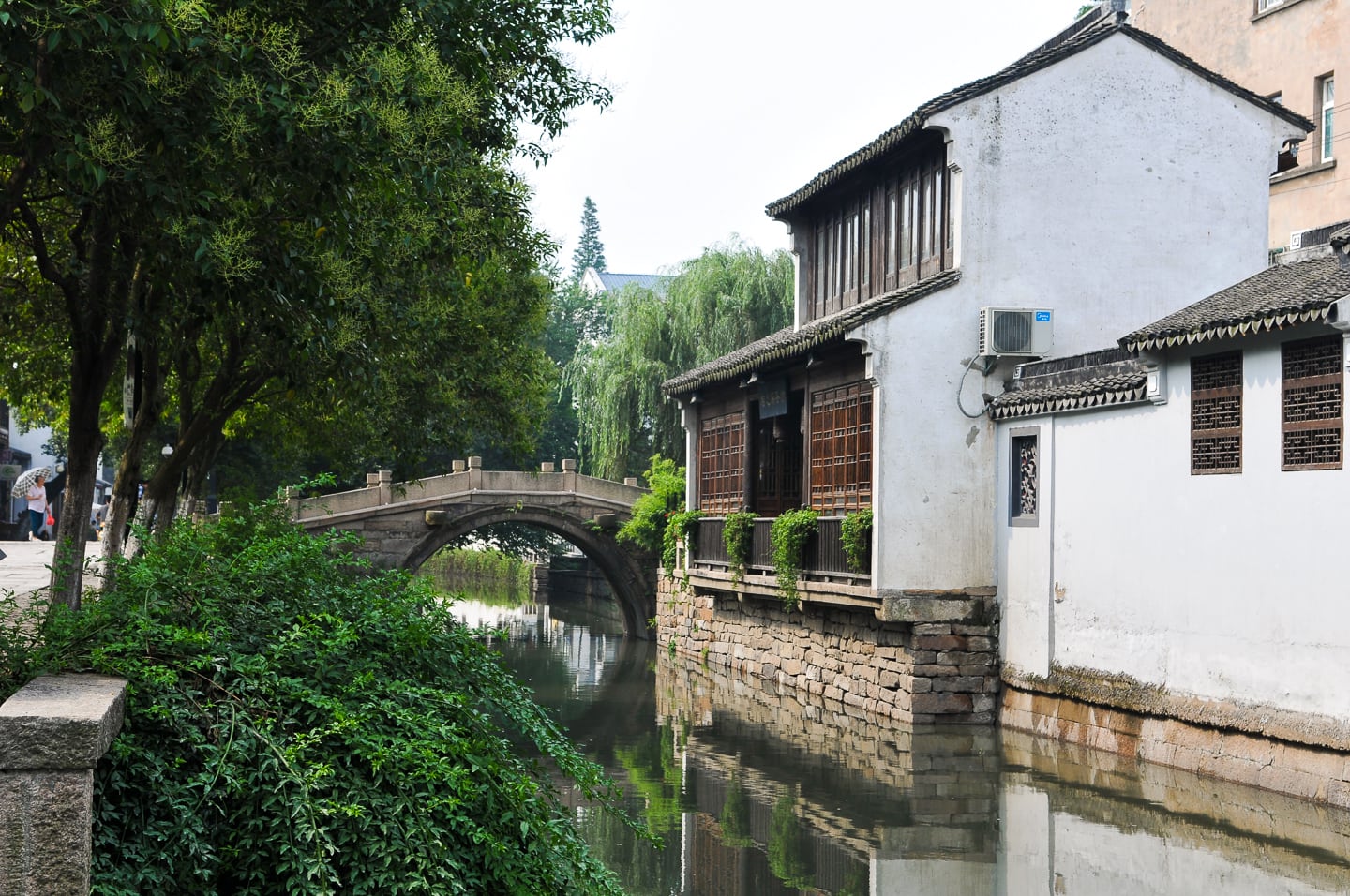
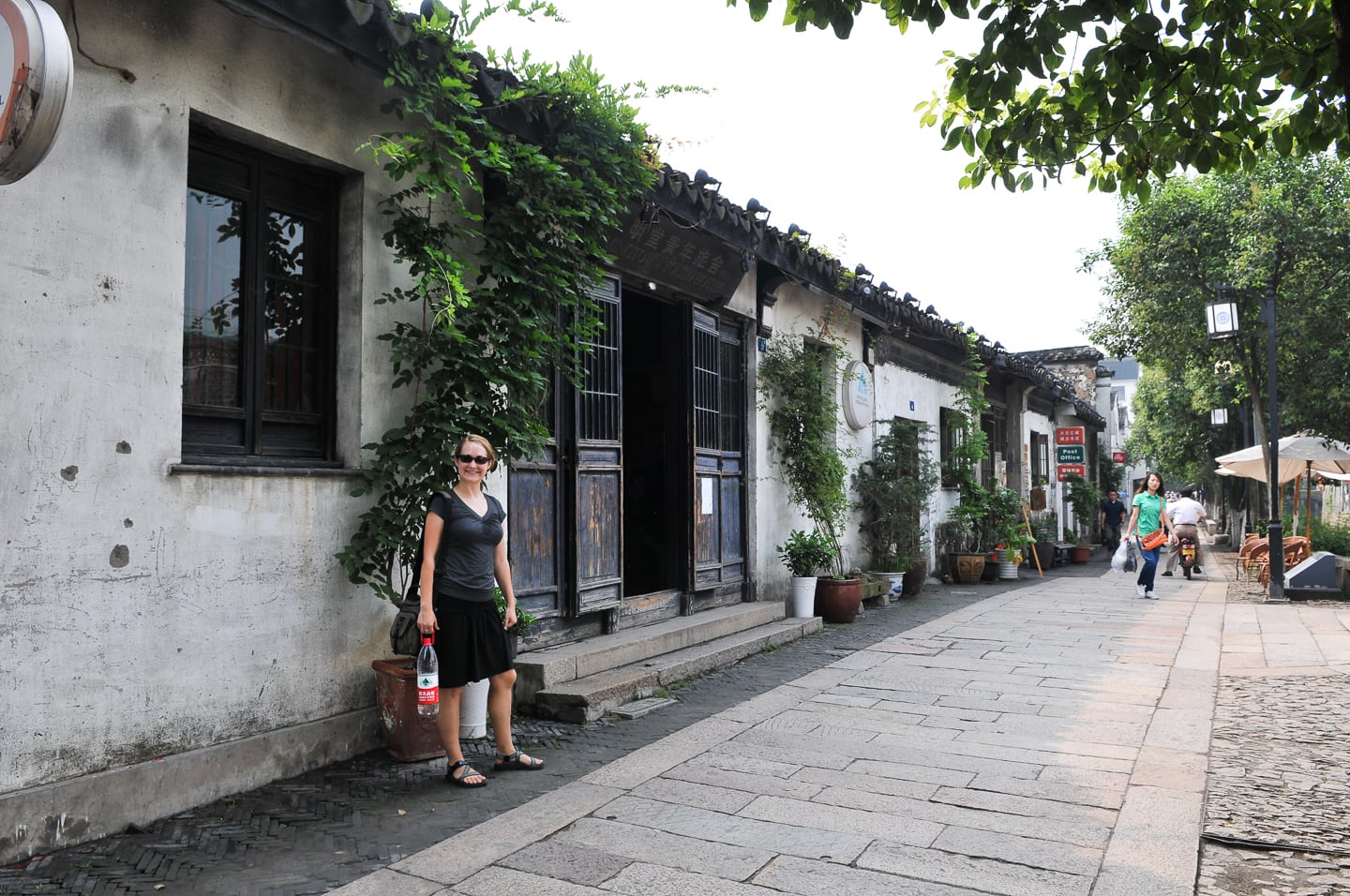
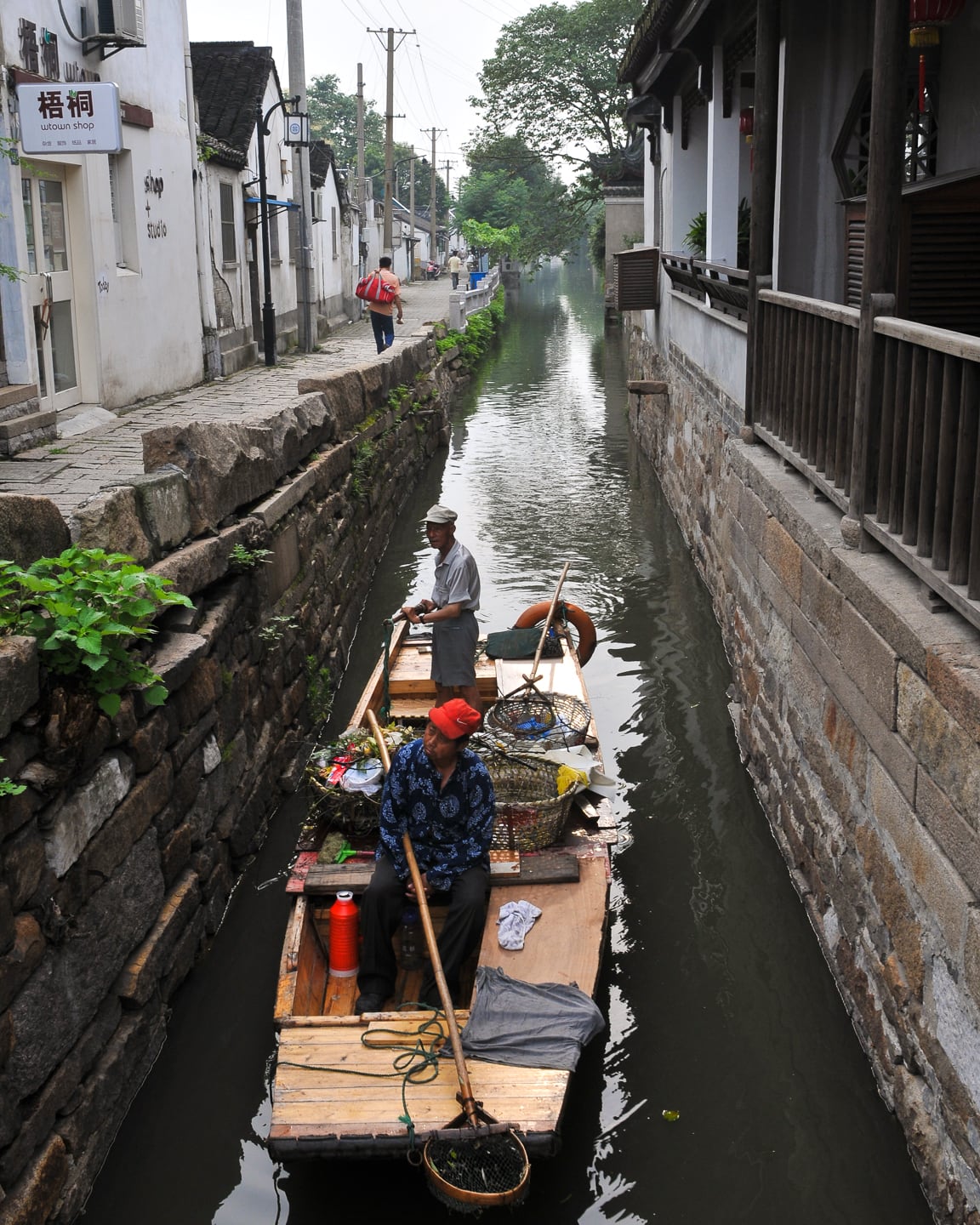
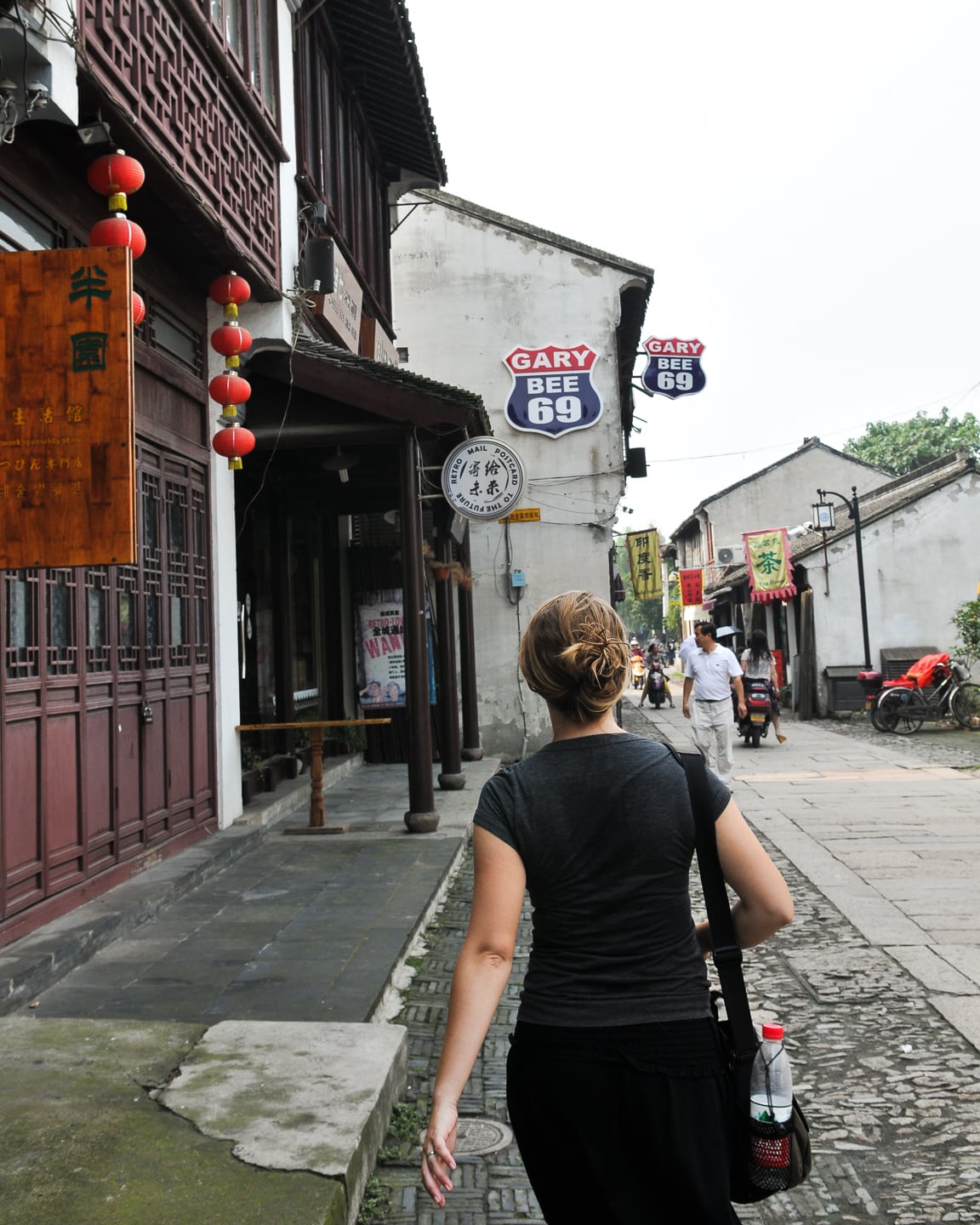
For lunch on our first day, we dined at Suzhou’s well-known Pingvon Teahouse where they serve up delicious dumplings and potstickers (in addition to many other tasty treats). They are a teahouse of course, so Lori and I felt obligated to try one of their local Chrysanthemum teas [below] which not only had the appearance of a glass full of hot water and wildflowers, but tasted as such—though you must admit, it looks pretty exotic.
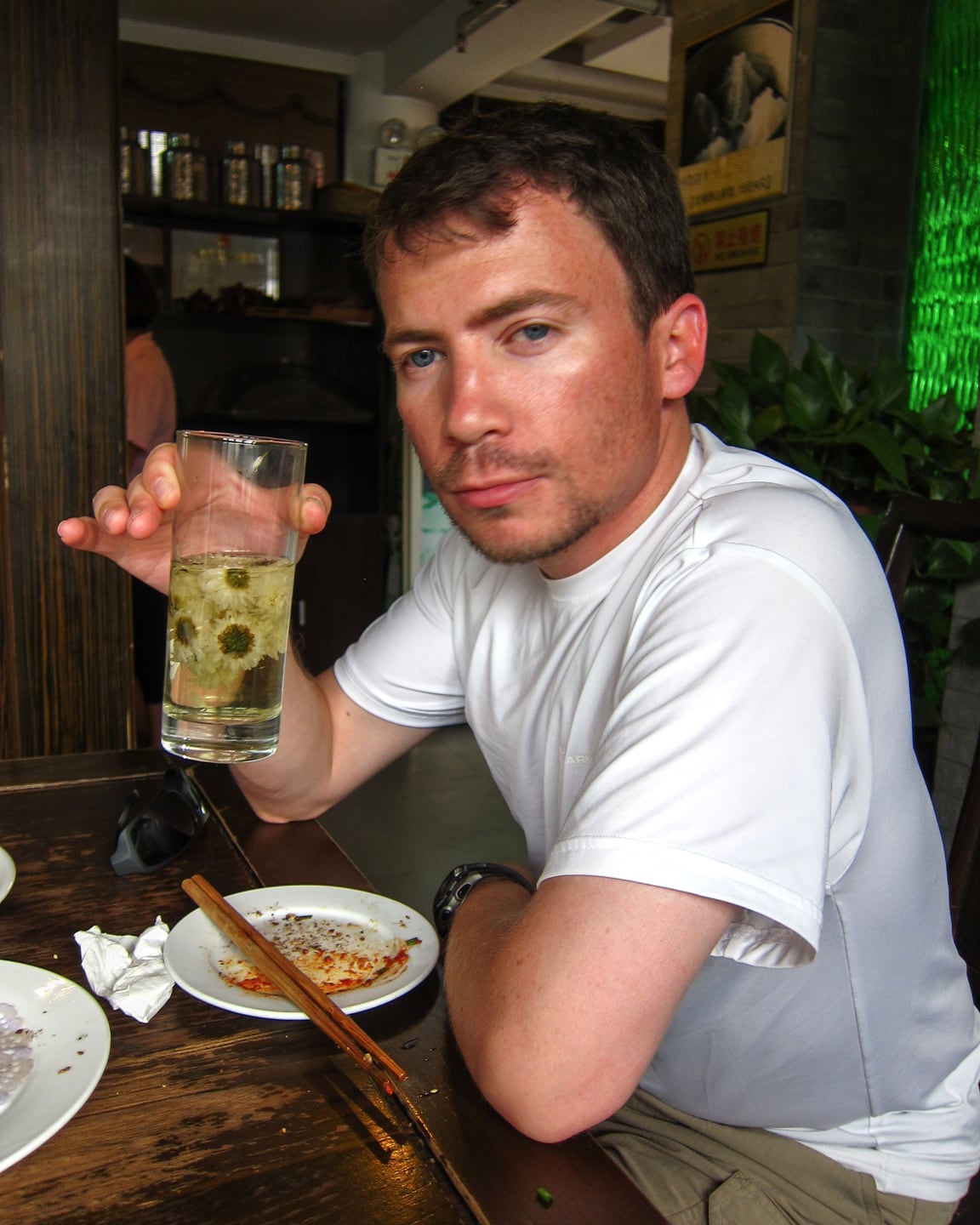
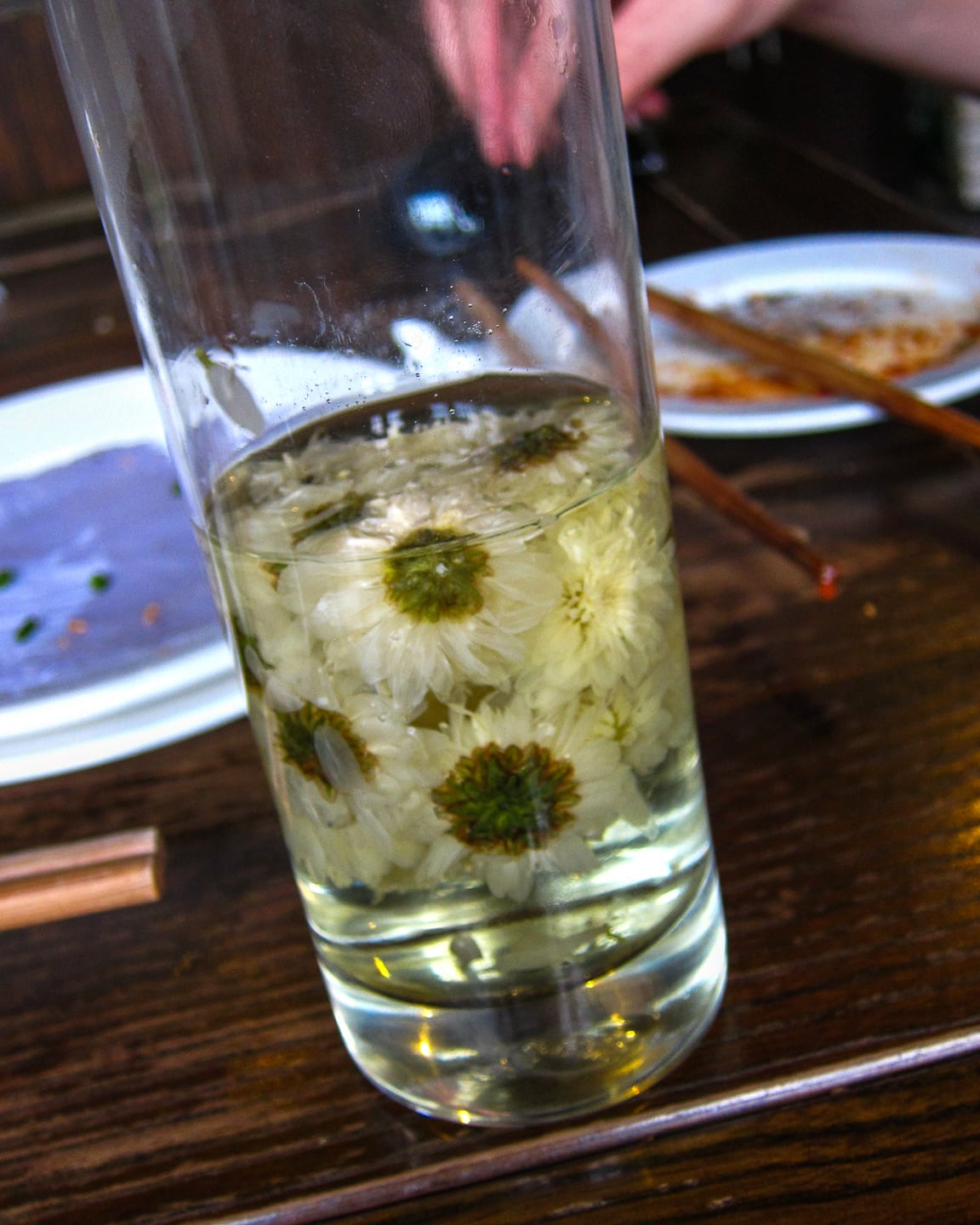
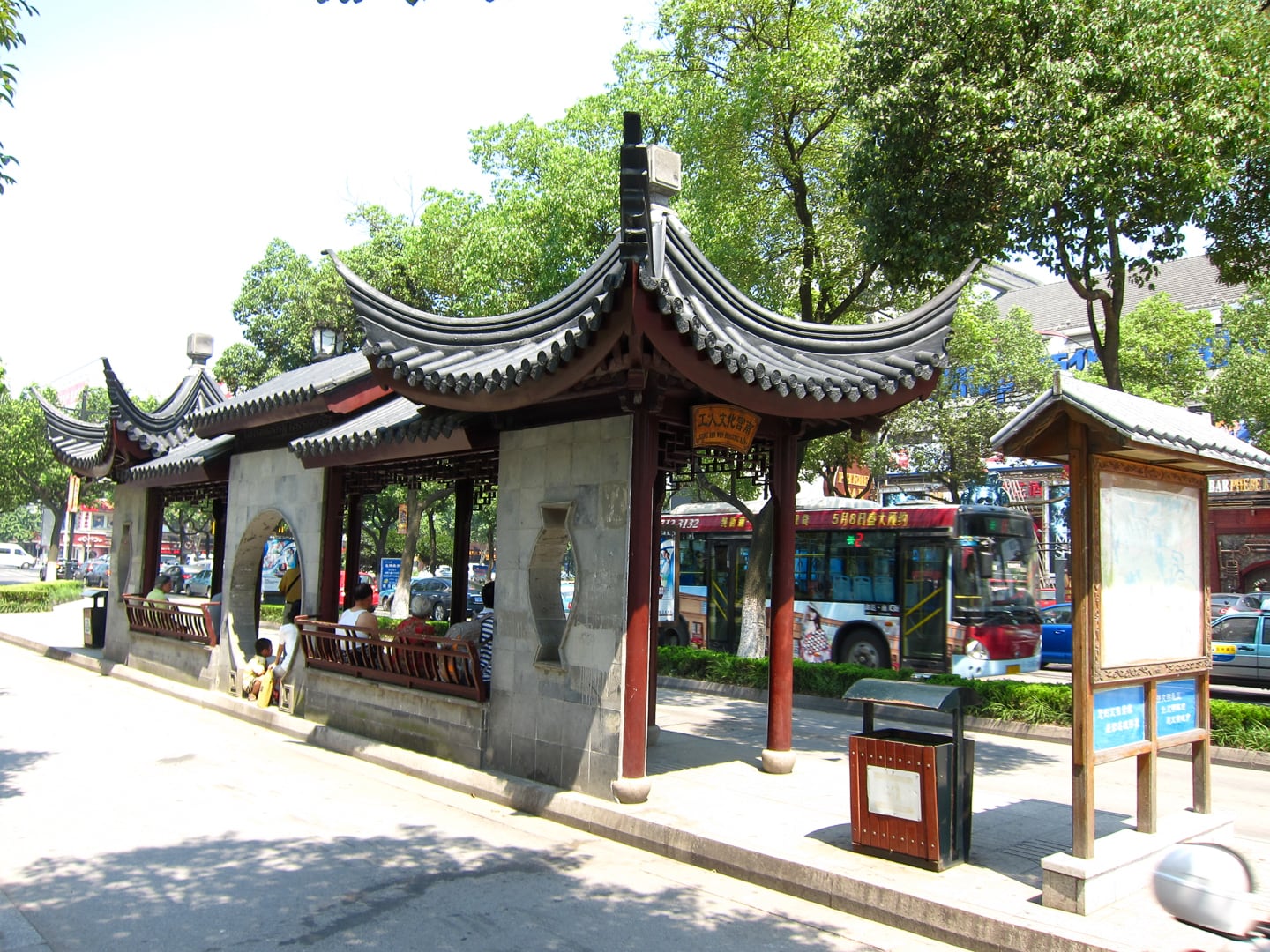
The New City
It would be difficult to spend any amount of time in Suzhou and not be somewhat cognizant of the world that lies beyond the ancient canals and pathways of the old town. Walk in any direction for about 10-15 minutes and you will most certainly find yourself crossing a very wide and busy avenue unceremoniously shoving you back into modern China.
Unlike other large cities in China, however, (read: Tai’an and Pingyao new city), Suzhou’s modern city is actually remarkably tidy and efficient with something of a extremely livable quality to it. At the time of writing, it also has at least five train stations, which sets the stage for a near-disastrous story that I’ll elaborate on later in the post…
Oh yeah, and did I mention Suzhou’s huge (4 million people) with an administrative/metro area encompassing a population of over 10 million!
Yet, strolling down one of Pingjiang’s cobblestone pathways around midday, you’d never know.
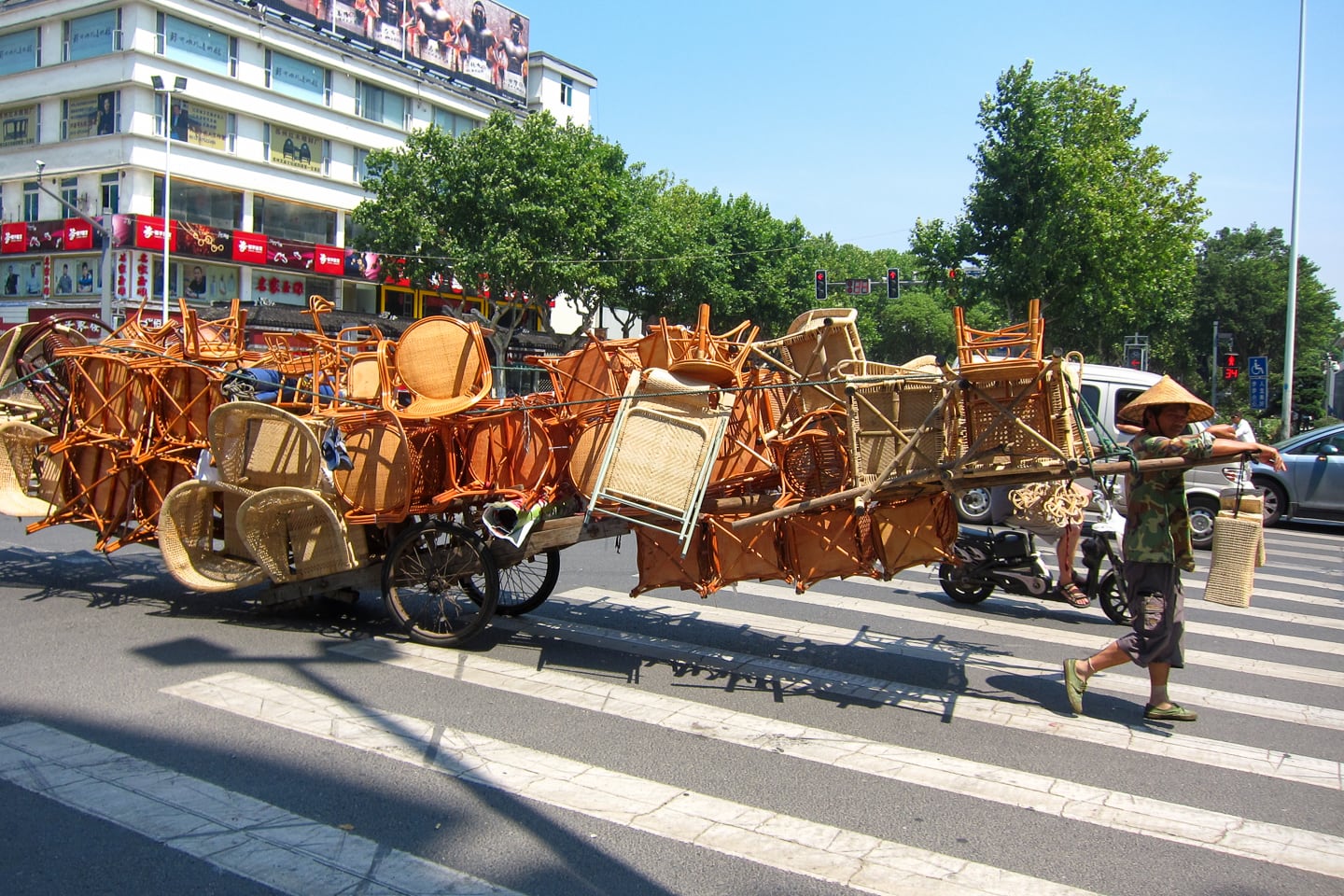
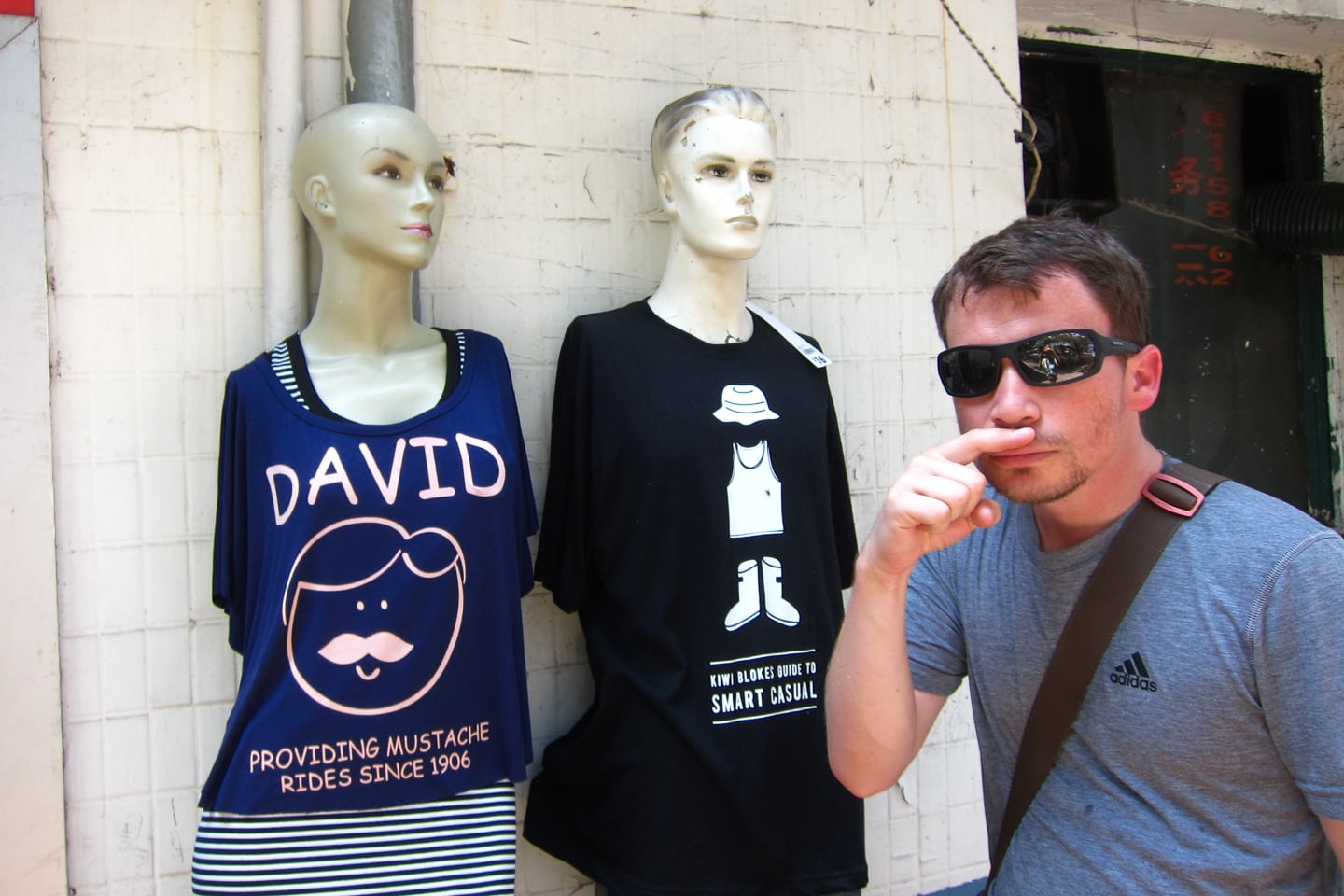
We ventured away from the confines of the canal-strewn old town into the new city for some Uyghur-inspired cuisine at Yakexi (pronounced: Ya’KESHie) which consisted of lamb kabob, rice, flatbread and much-needed veggies (4 items from what must have been a menu of over 100 (all with photos, thank goodness)). The highlight of the menu (in my opinion) was the unusual Uyghur (pronunced: WEE’ger) beer called Sinkiang Black Beer which—as you may have guessed—is a dark beer, but perhaps a dark lager, and very tasty. And just for the record, I believe this was the first time I had ever had the choice of ordering beer in a muslim restaurant. I’ll have to read up more on the Muslim Uyghurs to see what’s up with that.
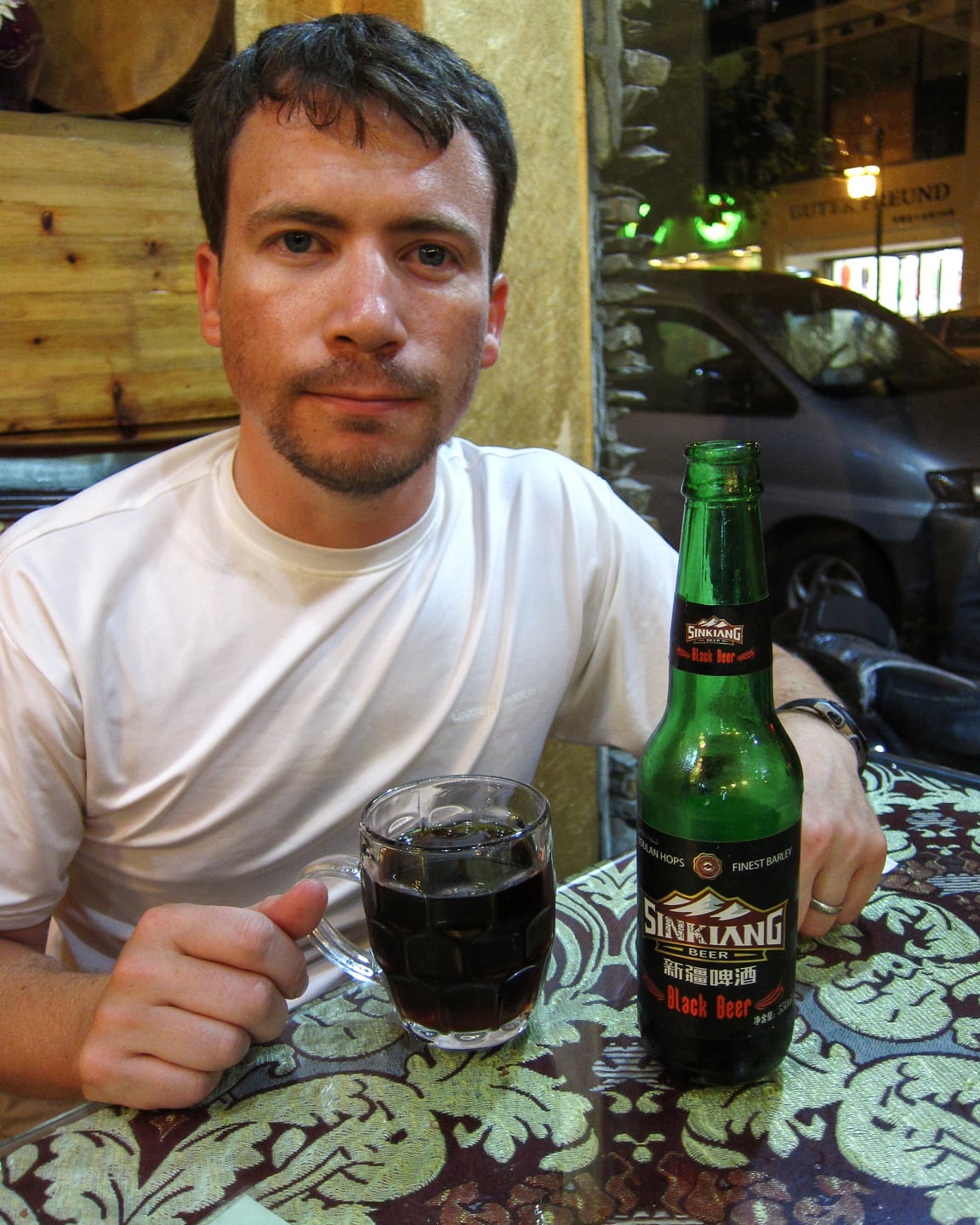
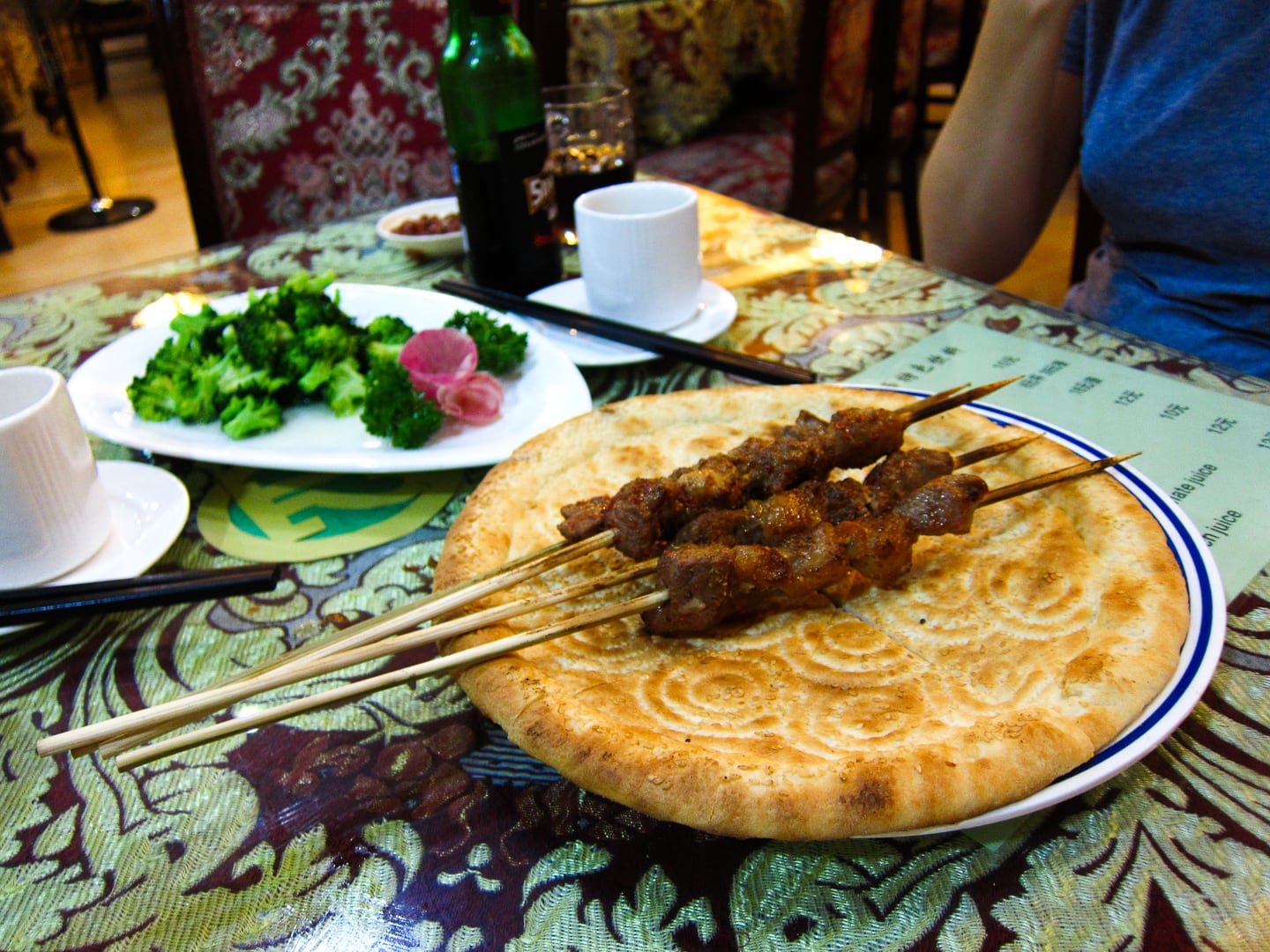
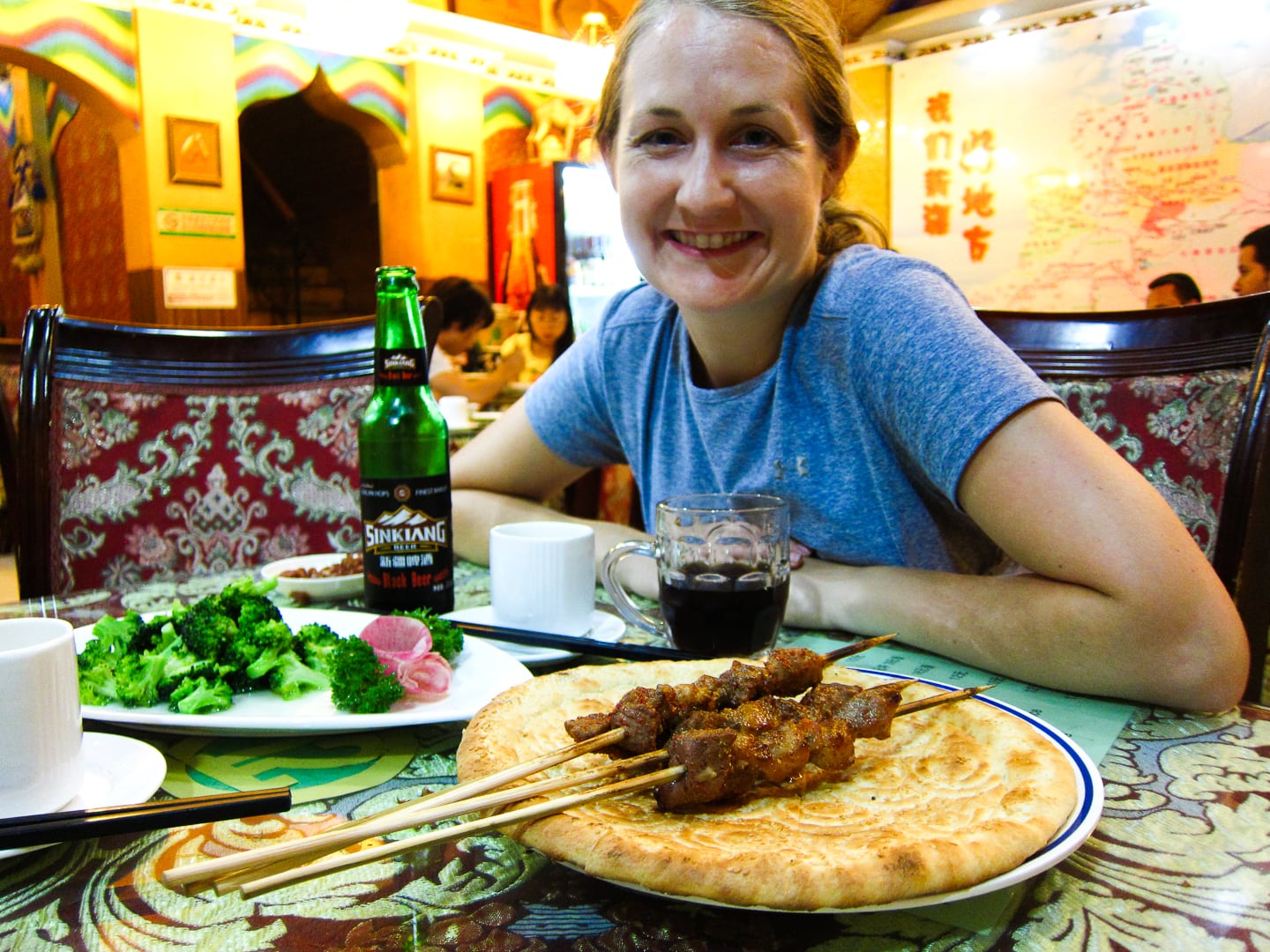
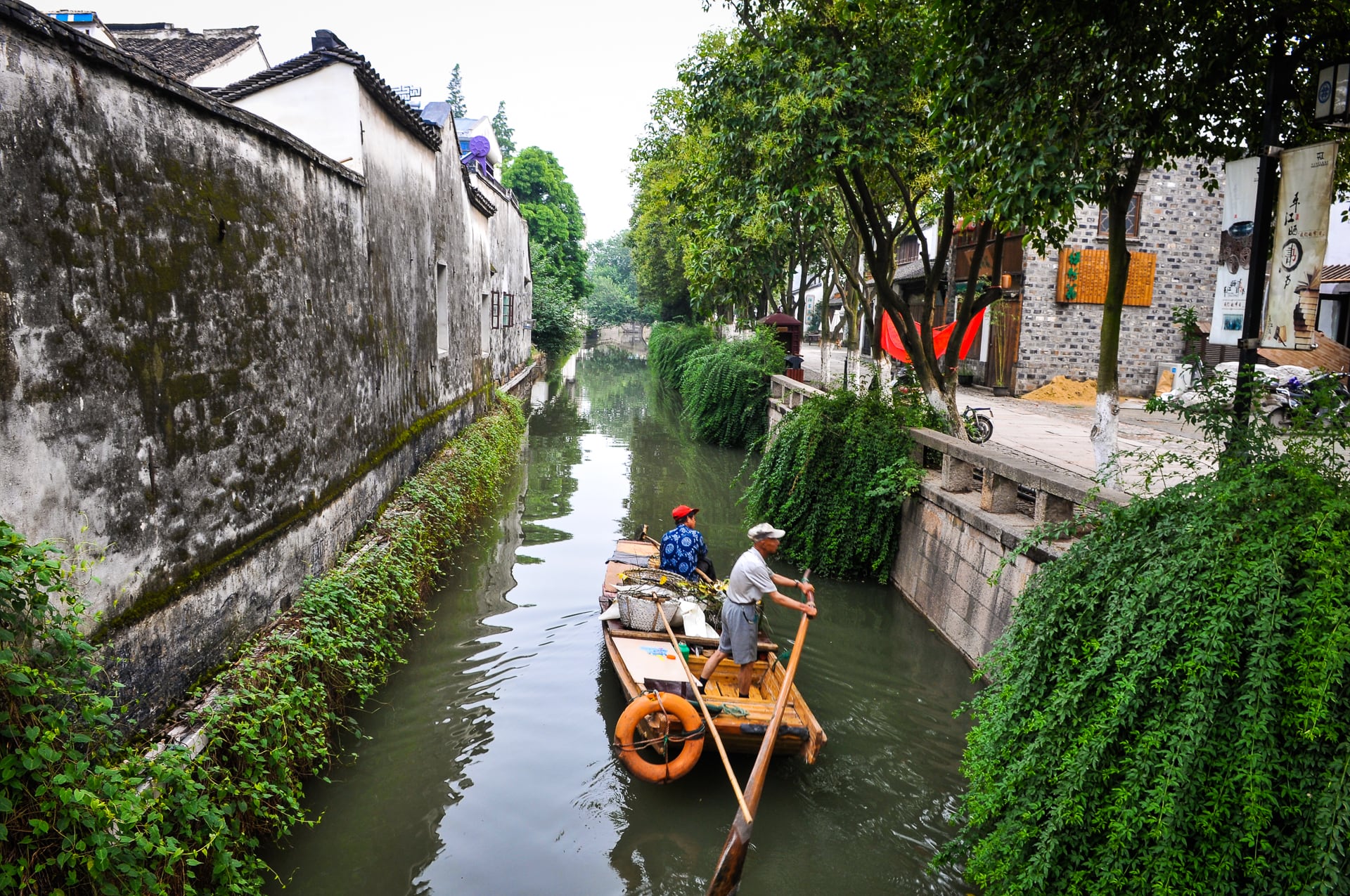
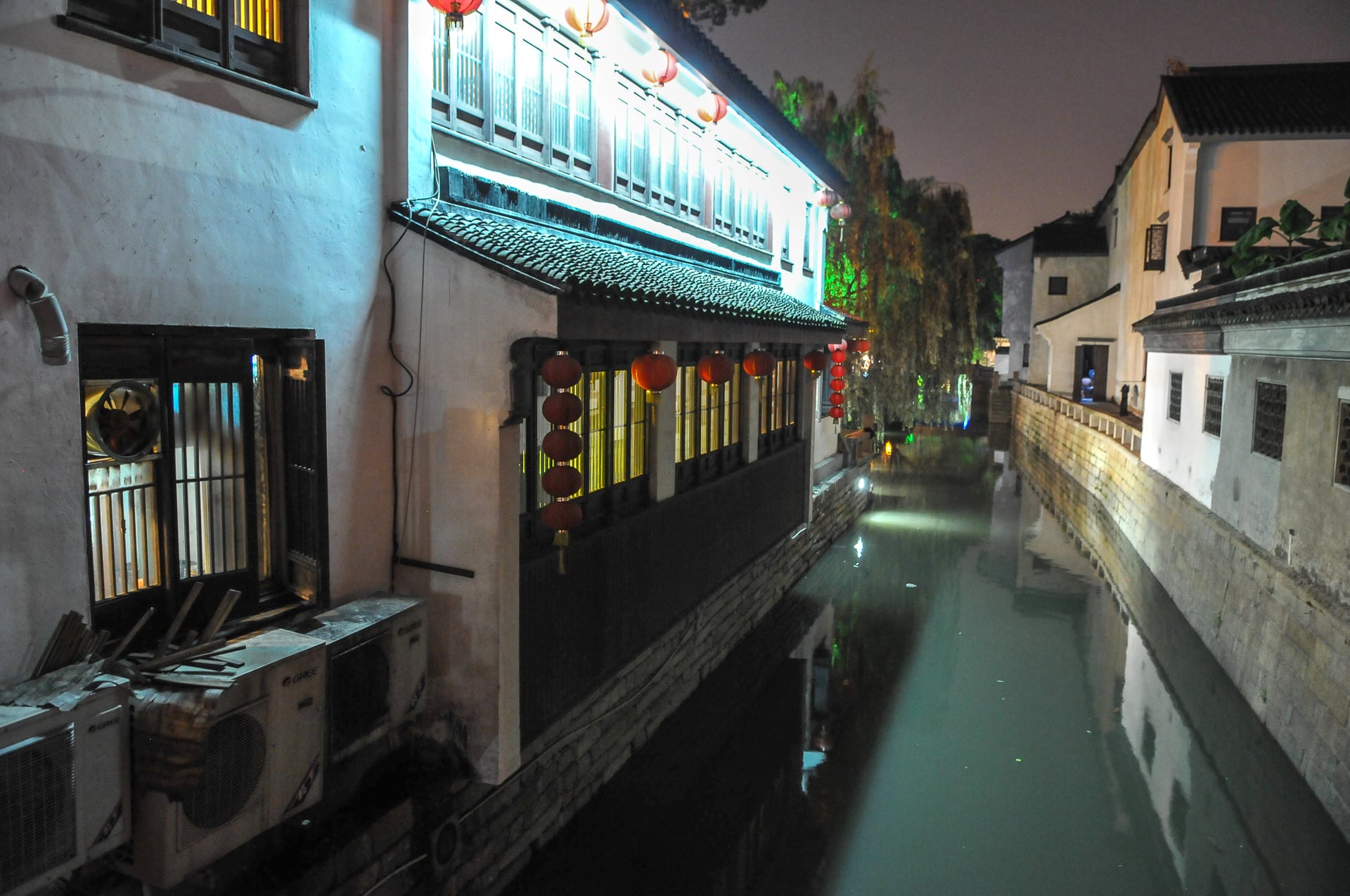
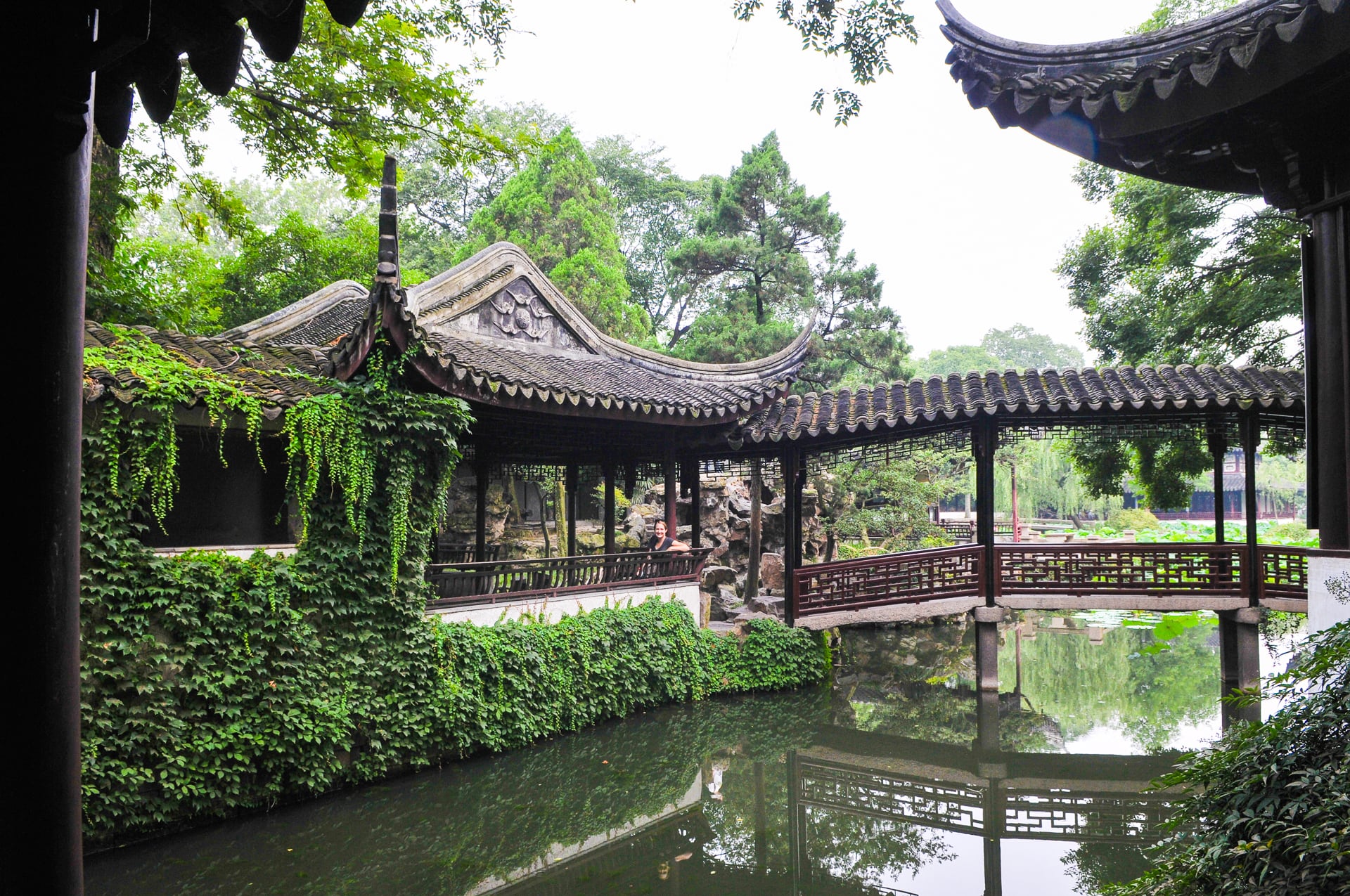
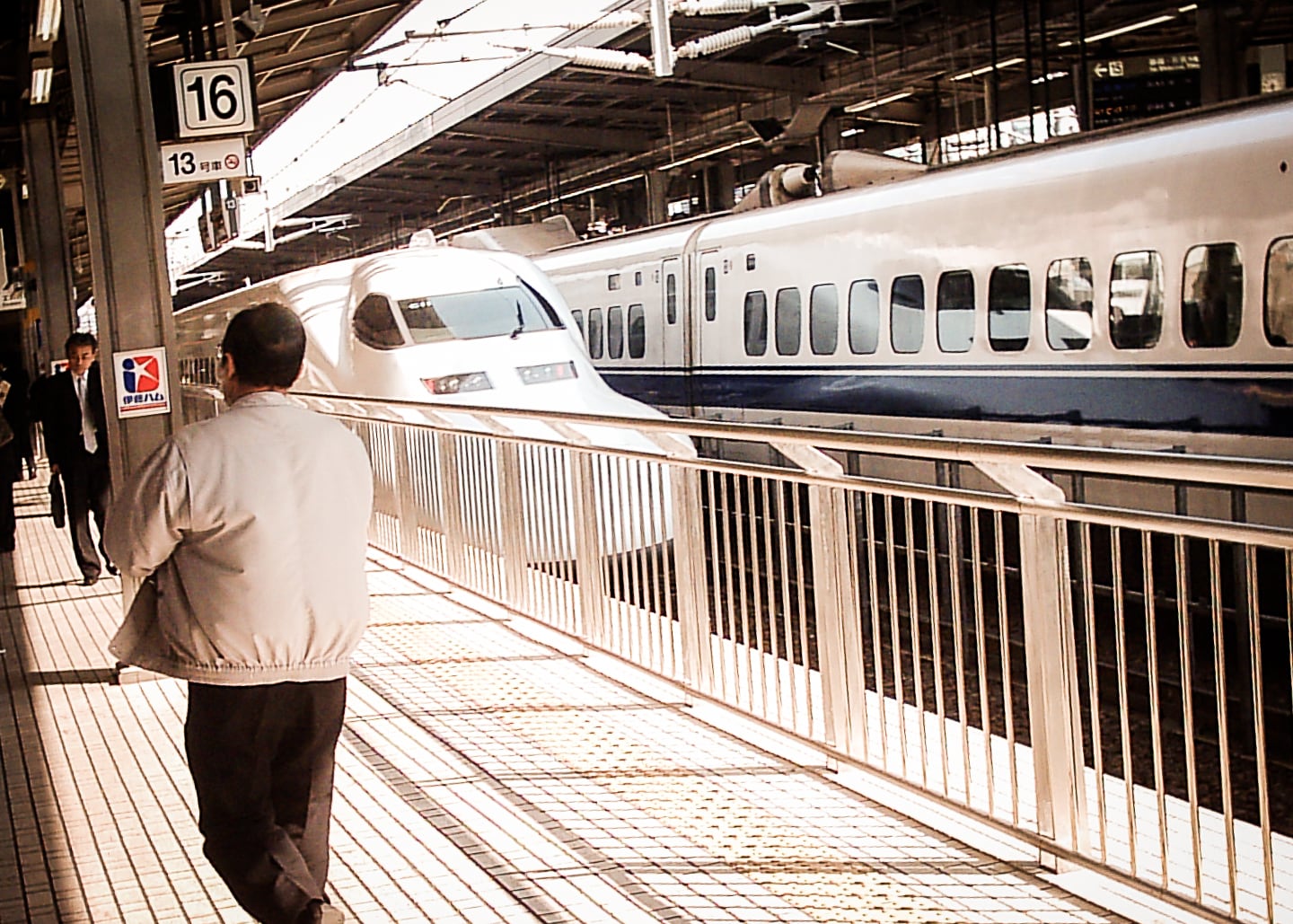
Cyrus said, Marco Polo could not have had a
more hectic time then you did !
What a story! what a trip!
Love
Wow, I was on pins and needles thinking you did not make it and when I read on I was even happy. LOL Great story